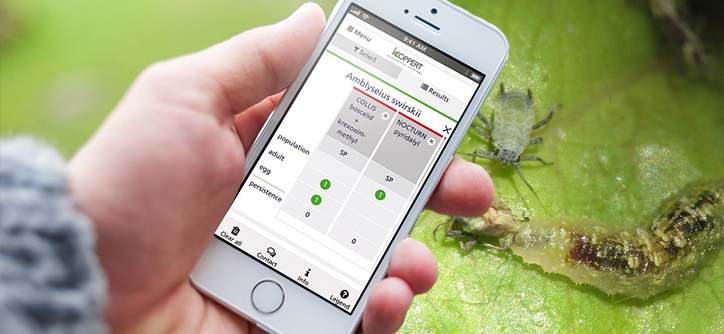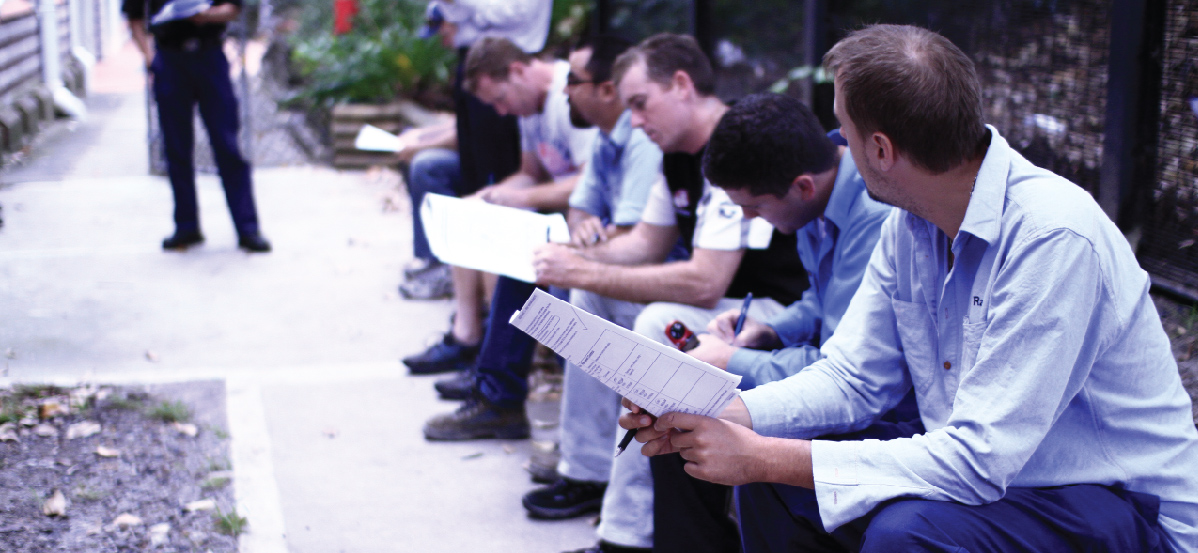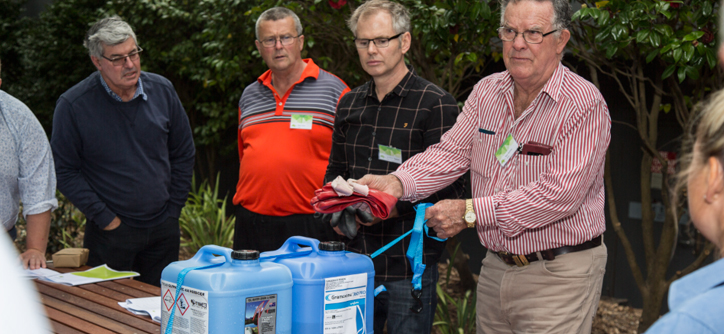The techniques used to combat weeds and pests in primary production (and amenity horticulture) are undergoing significant change.
The repeated use of pesticides with the same modes of action and without integrated control techniques has selected for resistance over time and is in part driving the need for change. This has in turn changed the weed and pest-scape in Australia as have other factors, like monoculture, non-selective chemistry, population growth, habitat destruction and increasing extremes of weather.
These factors have brought to light the necessity of a change in mindset, and the idea that we need softer and more selective chemistry for controlling pests with the least impact on beneficial insects.
No one wants to use a broad spectrum insecticide for short term insect control to only have subsequent flare-ups of insect pests such as thrips or mites given the loss of natural enemies and end up with a greater problem in the longer term.
The solution to long term and sustainable pest control is complex and multi-pronged but part of the solution is found in biological controls, specifically the maintenance of the natural enemies of insect pests .
Biological control is a method of controlling pests such as insects, mites, weeds and plant diseases using other organisms. It relies on predation, parasitism, herbivory, or other natural mechanisms, but often involves human intervention and is an important component of integrated pest management (IPM) programs.
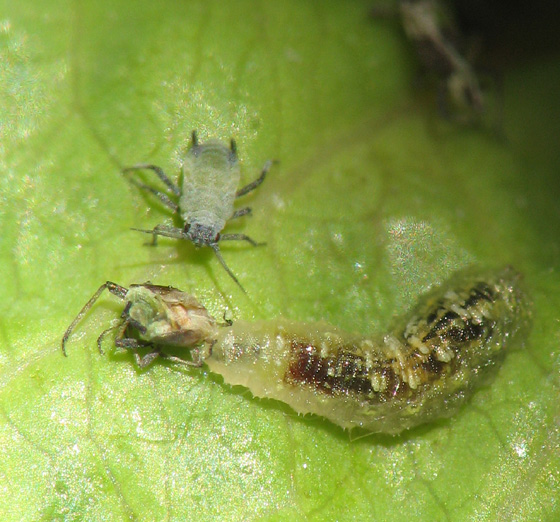 Figure 1. Hover Fly larvae feeding on aphid (Photo– Beatriz Moisset)
Figure 1. Hover Fly larvae feeding on aphid (Photo– Beatriz Moisset)
There are three basic types of biological pest control strategies:
1. Importation or classical biological control, in which a natural enemy of a pest is introduced in the hope of achieving control;
2. Conservation , in which measures are taken to increase natural enemies, such as by planting nectar-producing crop plants in field borders;
3. Augmentation , in which locally-occurring natural enemies are bred and released to improve control.
All three of these techniques are practiced here in Australia, but of course importation of beneficial insects is not taken lightly, as it should take much investigation in terms of host specificity and biosecurity risk, efficacy and environmental suitability.
Conservation of beneficials is where most work is being done and often involves cultural practices such as crop rotation and the planting or maintenance of beneficial refuges such as hedges and specific shelter belts. As a general rule, weeds tend to harbor more pests and native shelter more beneficials. Conservation also limits spraying to insecticides with a low impact on beneficial insects that prey on the targeted pest species. Hence identification of the target pests (and the beneficials that prey on them) is critical and involves regular scouting of the crops or monitoring through traps and lures. See the Bugs for Bugs website for a range of traps and pheromone products.
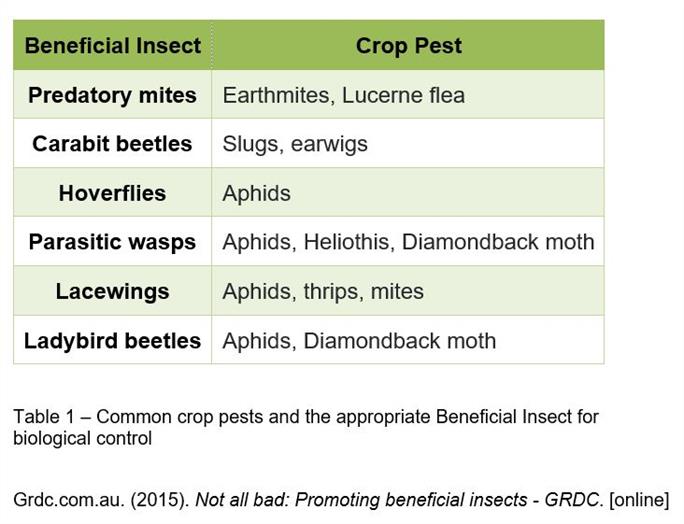
So you have identified your pest species correctly, you’ve identified which beneficials prey upon your pests (See table 1), and are present on your property, and now you want to know the impact of insecticides registered for your pest and situation on these beneficials. Goodbugs.org.au has useful tables on the effect of a range of insecticides on various key insect predators and parasitoids. There are also a number of apps around to help you with this and one of the better ones although not specific to Australia is the “Side Effects App” from Koppert Biological. It gives the active ingredients names even if the branding is different to those products registered here.
Augmentation
Aphids and some other insect pests can breed at cooler temperatures than ladybird beetles. Consequently they can get quite a jump in numbers over their predators and cause quite a lot of harm and yield loss before the predators can breed in sufficient numbers to significantly lower pest numbers below action or spray thresholds. Because of this there are at least 5 companies now which breed up large numbers of beneficials for sale, again visit the goodbugs.org.au website for supplier details. The key to success here apart from concepts discussed above is the necessity of appropriate timing and also determining the release rates of beneficials per hectare or the ratios required of beneficials relative to the number of the pests. It’s also worth noting that the predators themselves can be preyed upon, as for instance the hover fly larvae shown above can be parasitized by the Inchneumon wasp (hyperparasitism).
In summary there is no magic bullet or single methodology for controlling insect pests or any pest for that matter, in fact the more techniques the better as we have seen that singular reliance on pesticides is not a sustainable practice. The use of biological controls to manage insect pests (bugs for bugs) has come a long way in the last decade and is now becoming mainstream practice for an increasing number of growers, both in organic and conventional camps. Chemical manufacturers are developing an increasing portfolio of new generation (softer) or more selective insecticides but this takes huge investment and time. However as Integrated Pest Management techniques improve over time, the numbers of beneficial insects in crop and native plant populations will increase to provide significant levels of pest control, particularly where aesthetic crop damage is not a major concern.

